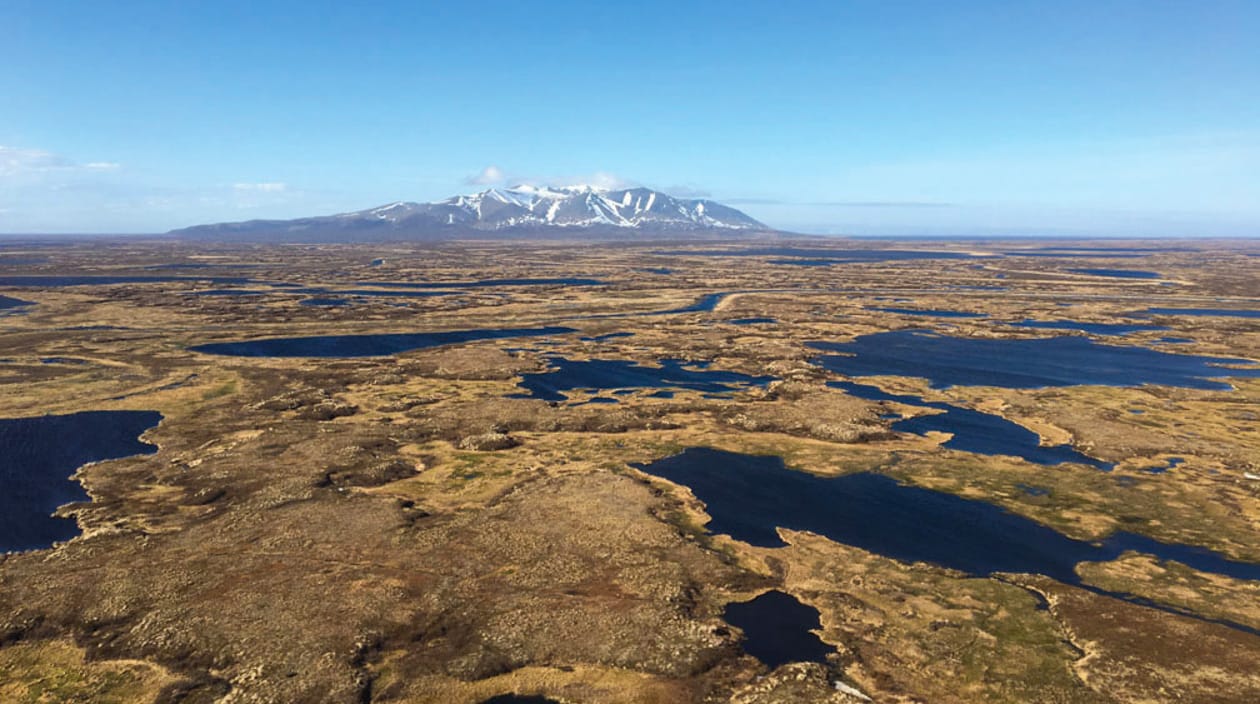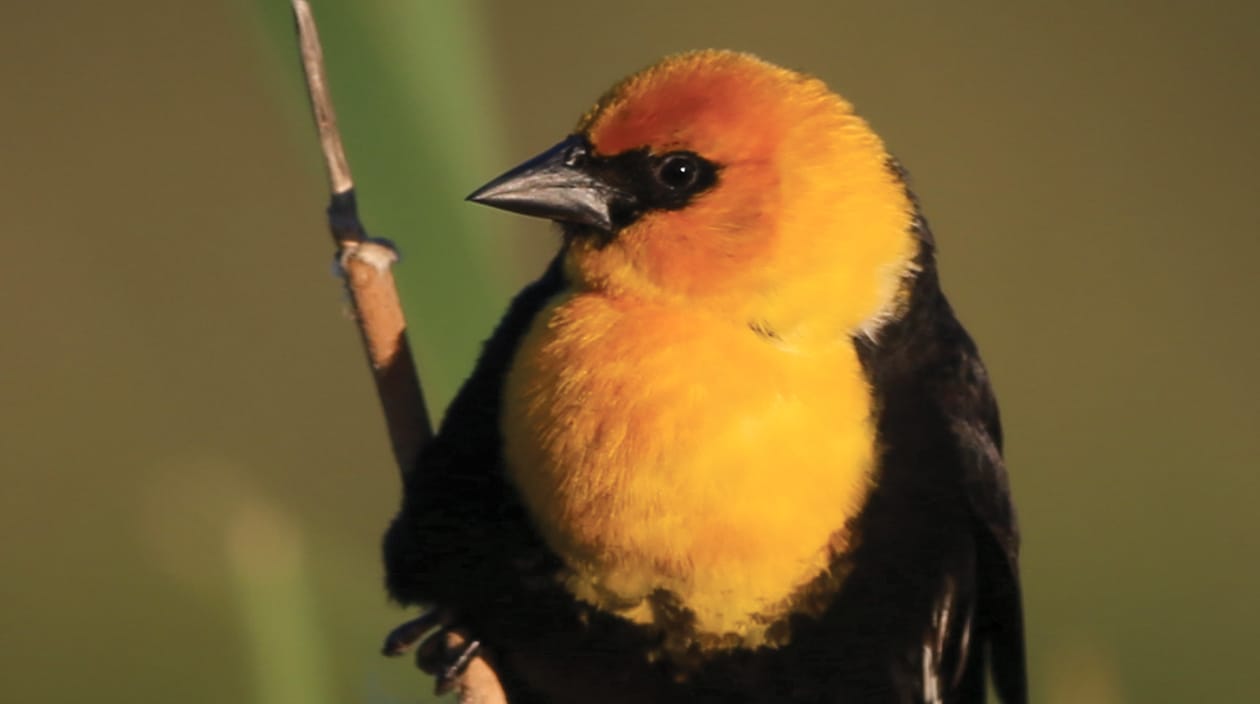Manomet uses science and collaboration to strengthen bird migration routes, coastal ecosystems, and working lands and seas across the Western Hemisphere. For over 50 years, we have formed vital partnerships with businesses, producers, and educators, to help nature and local communities thrive.
We use individual birds or species to better explain the threats to shorebirds and show you the wider impact of our work. But our work doesn’t stop there. We have always believed that education is a big part of creating long-term change. This is why we strive to inspire, mentor and guide educators and students, especially within underrepresented communities, to create the next generation of conservationists.
From the north slope of Alaska to the southern tip of Argentina, our staff and scientists look for high-impact opportunities to make our world a more resilient place. (Header image: Yellow Warbler singing. Credit: Jared Keyes.)
50 years of Science
In August 1969, Kathleen “Betty” Anderson was named as the first director of the Manomet Bird Observatory. Manomet’s founders’ goal was to provide a site for long-term studies of birds and other aspects of southeastern Massachusetts’ natural history and ecology. Manomet’s Banding Lab, the first of its kind on the East Coast of North America, continues its research on migratory birds today.
Over the decades, Manomet’s vision for a world where ecosystems and human communities thrive together has led to expertise in shorebird recovery and habitat management, forestry and climate science, fisheries restoration, education, and more.






